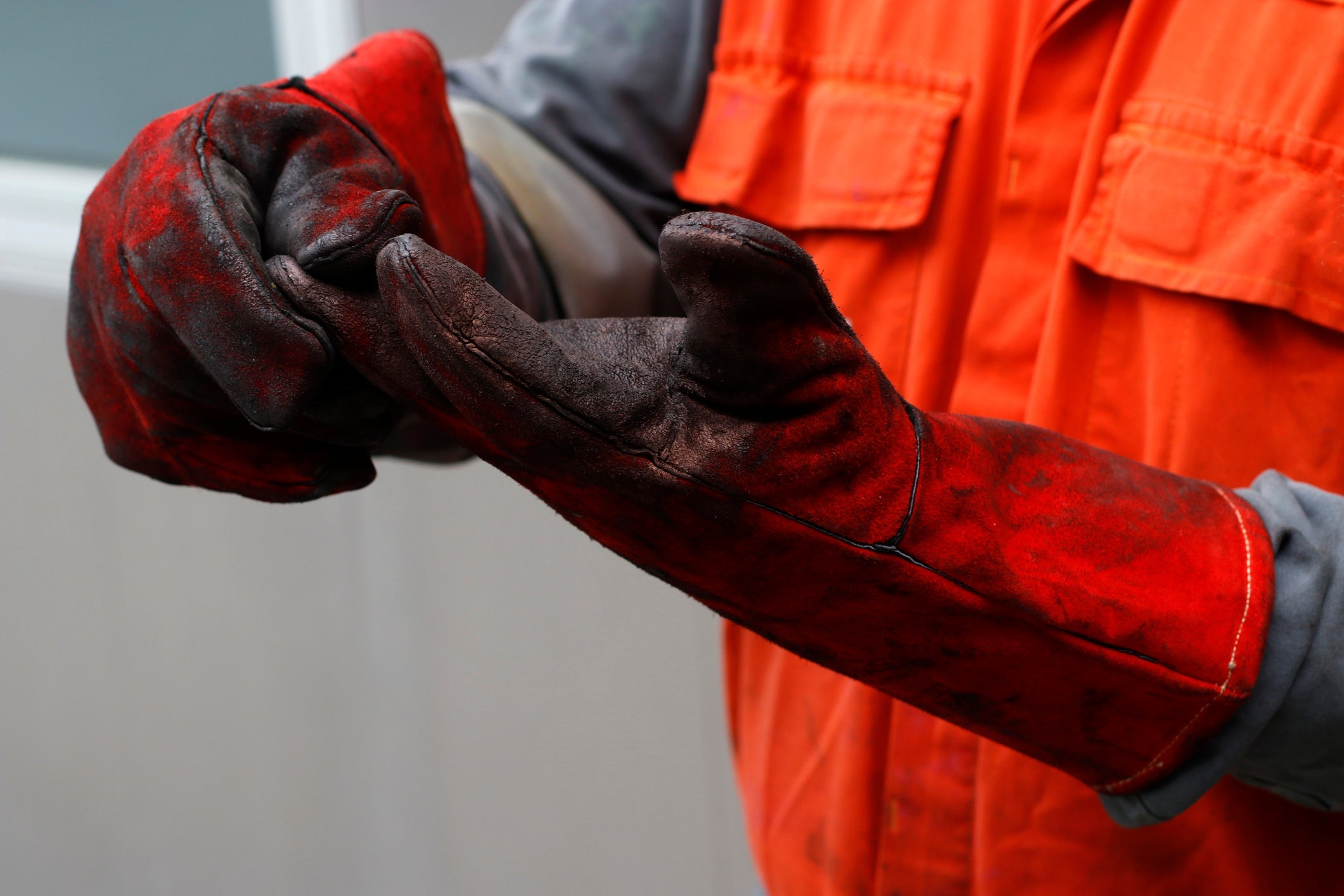Quick Overview
Hazards don’t stop at the hand. Extended-cuff gloves protect the wrists and lower forearms from splashes, sparks, cuts, abrasion, and electrical contact. If your tasks involve hazards that can travel or drip beyond the palm, upgrading to extended cuffs is an immediate safety win.
Why Extended Cuffs Matter
- Wrist & forearm coverage: Shields vulnerable skin that standard cuffs leave exposed.
- Ingress control: Helps prevent liquids, debris, and hot metal from entering the glove opening.
- Impact on compliance: Aligns PPE selection with real hazard reach—improves safety program outcomes.
Key Hazards That Call for Extended Cuffs
Chemical Splashes
Acids, caustics, and solvents rarely stay confined to the hand. Extended cuffs reduce exposure along the wrist and forearm during handling, transfer, and cleanup.
Shop related categories: Chemical Resistant Gloves
Molten Metal, Sparks, and Heat
Welding spatter and hot slag land unpredictably. Extended leather or inherently heat-resistant cuffs protect skin beyond the glove seam.
Shop related categories: Welding Gloves
Biological & Hygiene Risks
In labs, sanitation, and healthcare tasks, fluids and contaminants can travel up the forearm. Extended disposable cuffs add a critical splash barrier.
Shop related categories: All Safety Gloves
Abrasion & Cut Hazards
Handling glass, sheet metal, and sharp fixtures puts forearms at risk. Look for extended cuffs on cut-resistant shells and pair with sleeves when needed.
Shop related categories: Cut-Resistant Gloves
Electrical Work
Voltage-rated rubber gloves use cuff length and fit to help maintain insulation and reduce contact points near the wrist. Always pair with the correct leather protectors.
Shop related categories: Electrical & Specialty Gloves
Industries Where Extended Cuffs Are Essential
- Oil & Gas: Mixed chemical exposure, oils, sharp hardware—forearm splash coverage is key.
- Welding & Metalwork: Sparks, slag, and hot parts demand leather/heat-rated extended cuffs.
- Chemical Processing: Transfer, batching, and CIP steps where splashes can reach beyond

